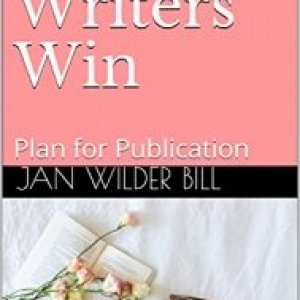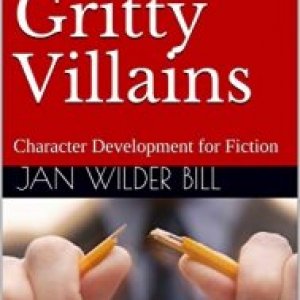-
SavvyAuthors is closed for business pending a potential purchase offer
The site will no longer be accessible on August 1, 2024 if a buyer is not found. Please review the post here for information on refunds and payments.
There is the possiblity it will be purchased and re-opened please see this thread for more information
~Thank you for 14 wonderful years!
craft
-

General Writing Craft Writing the Breakout Novel
Maybe you're a first-time novelist looking for practical guidance. Maybe you've already been published, but your latest effort is stuck in mid-list limbo. Whatever the case may be, author and literary agent Donald Maass can show you how to take your prose to the next level and write a breakout...- RJ Garside
- Recommendation
- craft
- Category: 2022 Summer Slackers Craft Books
-

General Writing Craft Story Genius by Lisa Cron
I haven't read Story Genius by Lisa Cron book yet, but it's on my to-be-read list. I have several author friends that have gushed about it. It’s every novelist’s greatest fear: pouring their blood, sweat, and tears into writing hundreds of pages only to realize that their story has no sense of...- RJ Garside
- Recommendation
- craft
- Category: 2022 Summer Slackers Craft Books
-

Romance Writers Win: Plan for Publication
Romance Writers Win demonstrates how to create dynamite titles and memorable characters. It covers plotting and defines disparate damsels. You’ll discover what not to do and how to make your heroes gleam. Finalize your publication plans by understanding how to go about selling your book.- Jan Bill
- Book
- character development craft hero types plotting a romance publication publishing guide romance plot romance tropes writing craft
- Comments: 1
- Category: Writing Craft
-

Write Gritty Villains: Character Development for Fiction
Find inspiration for creating a villain your readers will remember. Explore ways a villain justifies his actions. Follow easy to recognize examples of personalities based on celebrity and criminal public images. Now is the time to create that mastermind villain with Write Gritty Villains!- Jan Bill
- Book
- character building character creation character development craft motivation mysteries villain writing craft writing tips
- Comments: 1
- Category: Writing Craft

